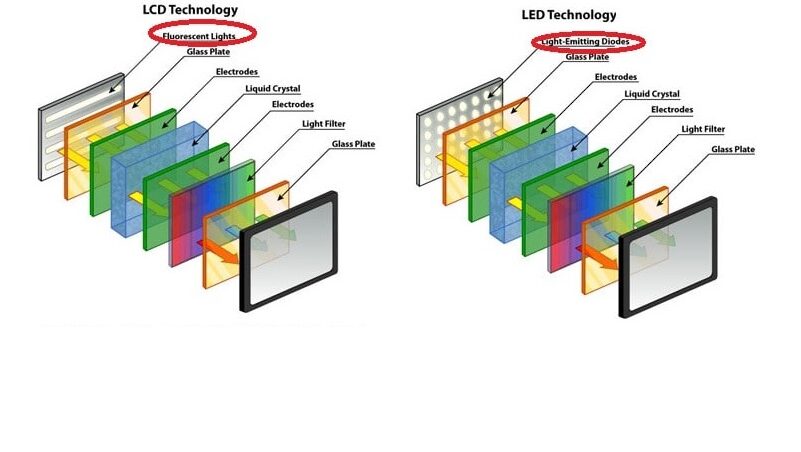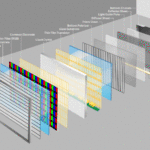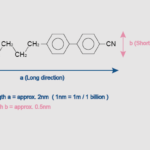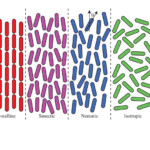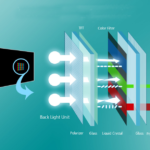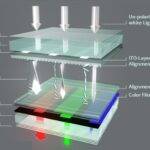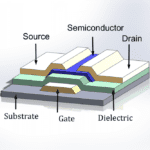Differences between LCD and LED are important to understand as they are both very co-related and it is possible to get confused between one and the other. LCD is the abbreviation for liquid crystal display while LED is the abbreviation for light-emitting diodes. They differ from one another in the fact that LCDs usually use fluorescent lights while lights use light-emitting diodes.
The structure of both LCD and LED is quite the same as the technology behind these screens is the same. The differing television types have two different layers of polarized glass and through this glass, the liquid crystals get blocked as well as pass the light. Thus, this is one of the key differences and similarities between LCD and LED.
LCD vs LED
| LCD | LED |
| LCD stands for liquid crystal display. | LED stands for light-emitting diodes. |
| All LCDs are not a subset of LED TV. | All LEDs are a subset of LCD TV. |
| LCDs primarily use fluorescent lights. | LEDs use light-emitting diodes. |
| Fluorescent lights used are usually placed behind the screen. | Light-emitting diodes are usually placed behind the screen or around the edges. |
| LCDs are usually thicker and lack energy efficiency compared to LEDs. | LEDs are much thinner and are much more energy-efficient. |
LCD vs LED Televisions
The flat-panel LCD television uses the Liquid Crystal Display (LCD) technology. It is made of two polarised glass layers that are adhered together. One of the layers holds the liquid crystals. When an electric current flows through these liquid crystals, the light either goes through or is blocked, creating images on the screen.
However, the crystals don’t generate any light on their own. The row of fluorescent lights behind the screen is where the light originates from. Millions of shutters are placed in a grid and open and close to release and trap light that isn’t necessary for the creation of images. Next, a coloured filter is linked with each shutter to create a sub-pixel. These bits combine to form a single pixel, which appears as a single spot of colour on the screen because they are so tiny. The viewer can see the images produced by the liquid crystals thanks to the fluorescent lighting.
LCD television produces high image quality. They can be made very thin, which makes them less space-consuming, and the user can hang them anywhere. This makes them appealing to buyers.
LED TV’s are actually very much like LCD TV’s. They also have a flat-screen which utilizes Liquid Crystal Display technology. The only difference is their source of light, which is at the back of the screen. The LCD TV uses fluorescent lamps, and the LED TV uses LED (Light Emitting Diodes).
There are two types of LED backlighting. While the second is referred to as Full-Array lighting, the first is referred to as Edge lighting. Along the edges of the screen, a group of diodes are employed for Edge lighting. When there is power, the light is spread out over the entire screen. Full-Array lighting, on the other hand, illuminates the entire screen using rows and rows of LEDs. They provide additional control over brightness and dimming since the diodes may be turned on and off independently.
LED TV’s are LCD TV’s with a new backlight system. They are newly developed for LCD’s, because Light Emitting Diodes are said to give more balance in color saturation, and use less power than the fluorescent lamps. LED TV’s are the newest version, and that’s why they are currently more expensive than the standard LCD TV’s.
Summary:
LED TV’s are still LCD TV’s. They are just considered to be the newer LCD TV version because of the new backlight system used. The LED TV uses Light Emitting Diodes, while the standard LCD TV uses fluorescent lamps. Although they both still use Liquid Crystal Display technology. The main difference is the part behind their screen, which is the backlight.
